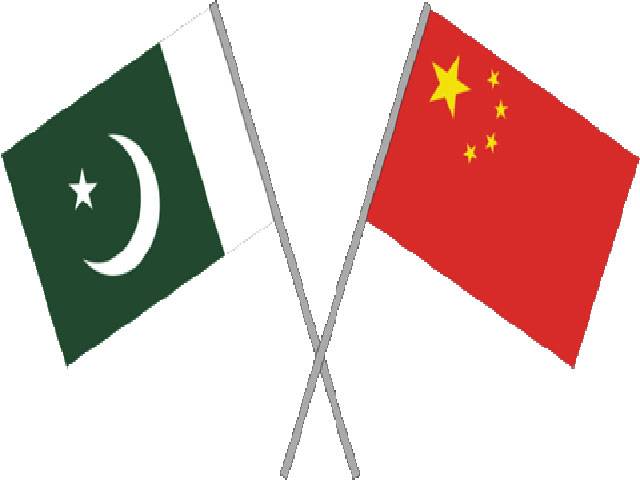ISLAMABAD - Work on Gwadar-Kashgar oil pipeline that would carry one million barrel per day (1MMBD) Middle Eastern oil to China will start in 2017, it is learnt reliably.
Another milestone in the Pak-China relation is nearing as China is getting ready to shift around 17 percent of its oil import to Gwadar-Kashgar oil pipeline, official sources told The Nation here. The five-year project is likely to start in 2017 and will be completed by 2021, the source added.
It is the part of the Chinese policy of revival of silk route as the pipeline will be built along this ancient trade route. The project will be funded by the Chinese government and Frontier Work Organization (FWO) will execute the project for them, the source maintained.
Silk route was rebuilt by the FWO and Chinese want them to utilise their previous experience in the laying of oil pipeline, the source added. The FWO has already given its presentation on the project to the ministry concerned and is likely to embark on the project in 2017. The final length, route and cost of the project are yet to be finalised.
Gwadar is near the Persian Gulf and close to the Strait of Hormuz, which holds two-thirds of the world oil reserves and from where an estimated 17 billion barrels of crude oil passes daily. The port opens up a 3,000km-long trade corridor that will connect Gwadar to Kashgar, in China’s western Xinjiang region, via roads, railways and pipelines to transport oil and gas.
The Chinese Overseas Port Holding Company (COPHC) took over the Gwadar Port in 2013 for 40 years. Beijing and Islamabad signed $46 billion China Pakistan Economic Corridor (CPEC) which includes, energy projects, building of new roads, railway lines and a network of oil pipelines to connect Kashgar to Gwadar.
The new 3,000km (1,500 mile) network of highways, rails, and oil pipelines will give China quicker access to Europe and the Middle East. Currently, china is importing around 6 million barrel oil per day from different countries of the world via sea route, and the Gwadar-Kashgar pipeline is likely to take around 17 percent of the share of total Chinese import.
The existing sea route being used by China passes through the risky South China Sea, Pacific Rim, the Strait of Malacca and Sri Lanka, and Chinese ships have to cruise about 10,000 kilometres for reaching its final destination. The Gwadar Port will reduce the sea distance to 2,500 kilometres and land distance for Kashgar to 2,800 kilometres because Kashgar is 4,500 km from the main Chinese port of Shanghai. The CPEC related projects will not only save China time but also millions of dollars.
The overland route, via Pakistan, eliminates the need to ship crude through Malacca Strait. Chinese will establish a massive Industrial Park at Gwadar, which will house an oil city and petroleum refining zone beside dozens of other technical and logistical installations. This will help China meet its energy needs.






